One of the most popular types of rewards programs is tiered loyalty programs, and you’ve likely encountered some of the world’s top examples.
From Starbucks and Sephora to Ulta and Uber, numerous global brands rely on tiered rewards programs to strengthen customer loyalty and boost engagement.
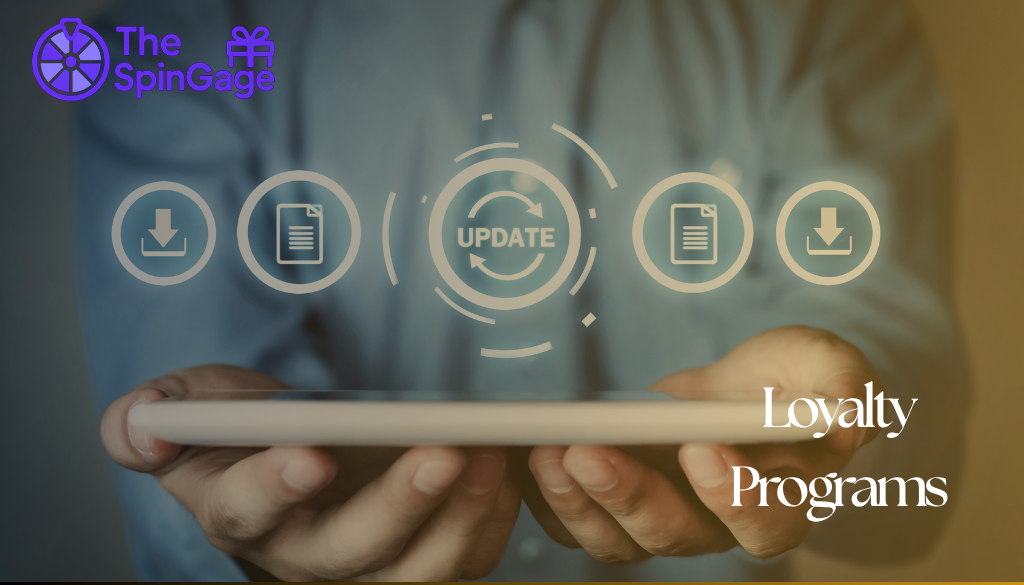
So, why do these companies favor tier-based loyalty programs? The answer lies in the wide range of advantages they provide both to customers and to the brands themselves.
In this article, we’ll explore what tier-based loyalty programs are, how they function, and take a closer look at several real-world examples.
Table of Contents
What is a tiered loyalty program?
Simply put, tiers are essentially different levels. Within the variety of loyalty programs, some reward customers with points that help them gradually move up levels, while others are structured around tiers, also known as loyalty tiers.
Tiers act as general levels, each offering its own unique perks and advantages to the customer.
Most tier-based loyalty programs feature three main tiers: a free or basic entry-level tier, a middle-tier for more engaged customers, and a premium tier designed for top fans and high-spending members.
Here’s a look at how Sephora’s Beauty Insider Program organizes its tiers.

Most loyalty programs are free to join. And with tiers, customers start at the free or basic level and move up as they spend more. Then they have to maintain that level of spending to stay in that tier.
Benefits of creating a tiered rewards program
So, why might you want to implement a tier-based loyalty program? What makes having tiers so advantageous? How can it help your brand stand out?
While loyalty programs can work well across many sectors, we’ve observed that some of the most successful programs globally rely on a tiered rewards system.
Other industries have rewards programs with loyalty tiers too, but the beauty and cosmetics sector uses them more than most.
Here’s why tiered loyalty programs are particularly effective for online retail brands:
1. Predictable rewards for loyal customers
One of the main advantages of tiered rewards programs is that they clearly outline what customers can expect. They show which rewards are tied to each loyalty tier.
For instance, in Ulta’s free Member tier, customers know they’ll receive a birthday gift but won’t get an extra $10 coupon. Meanwhile, those in the Platinum and Diamond tiers receive both a birthday gift and a $10 voucher.
This way, Ulta customers can reliably look forward to an annual birthday gift.
image showing the Ulta rewards program’s three tiers and indicating a birthday gift for loyal customers
Ulta rewards program tiers
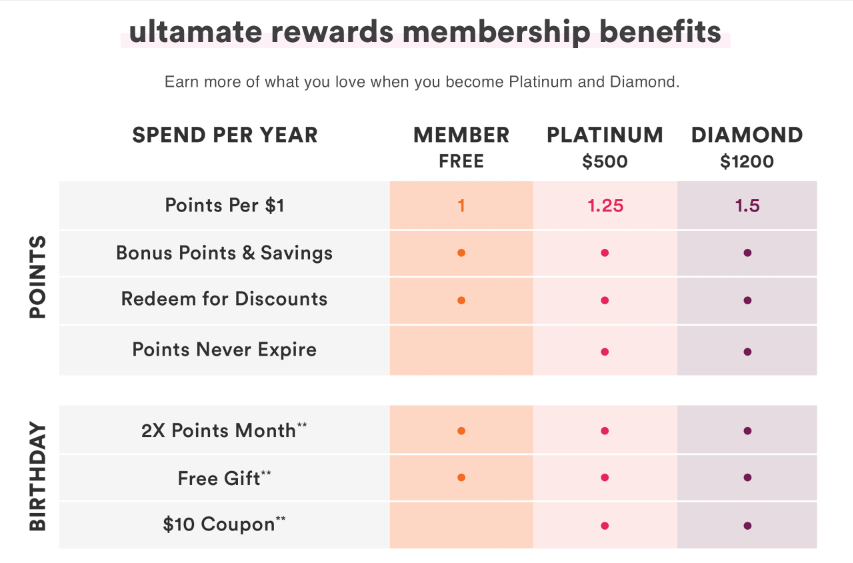
2. Encourages additional spending
Depending on their tier and shopping habits, customers may be motivated to spend an extra $30 or $50 to unlock better perks and move up to the next level.
To maintain access to higher-tier rewards, they will need to sustain spending at that elevated level.
3. Building customer communities
Global brands favor tiered loyalty programs because they help foster communities.
Today, online communities drive engagement for many activities, from shopping to brand loyalty, and sharing tips and tricks.
While many brands build these communities via Facebook groups, tiered loyalty programs do it more seamlessly.
Sephora’s Beauty Insider program, for example, establishes a community structured around loyalty tiers, rewarding members within that network.
You can replicate this by sending targeted emails to specific tiers or hosting exclusive online or offline events.
If you’re using Gameball, you can take it further by segmenting customers even within tiers.
4. Enhanced customer segmentation
Tiered rewards programs allow you to categorize customers based on their preferences, earned perks, and loyalty level.
Adding tiers to customer segmentation provides a deeper level of personalization, creating more opportunities to engage and reward customers.
With Gameball, you can segment customers based on actions, habits, or preferences within each tier and tailor rewards accordingly.
5. Exclusive perks for top-tier customers
Tiered loyalty programs work especially well in retail and e-commerce because they offer premium perks to high-spending customers. It’s crucial, however, to communicate that your program isn’t solely about driving sales.
Loyalty programs are mutually beneficial: customers gain perks and rewards, while businesses earn loyalty, repeat purchases, and often referrals.
Are you ready to elevate your customer loyalty to the next level With TheSpinGage?
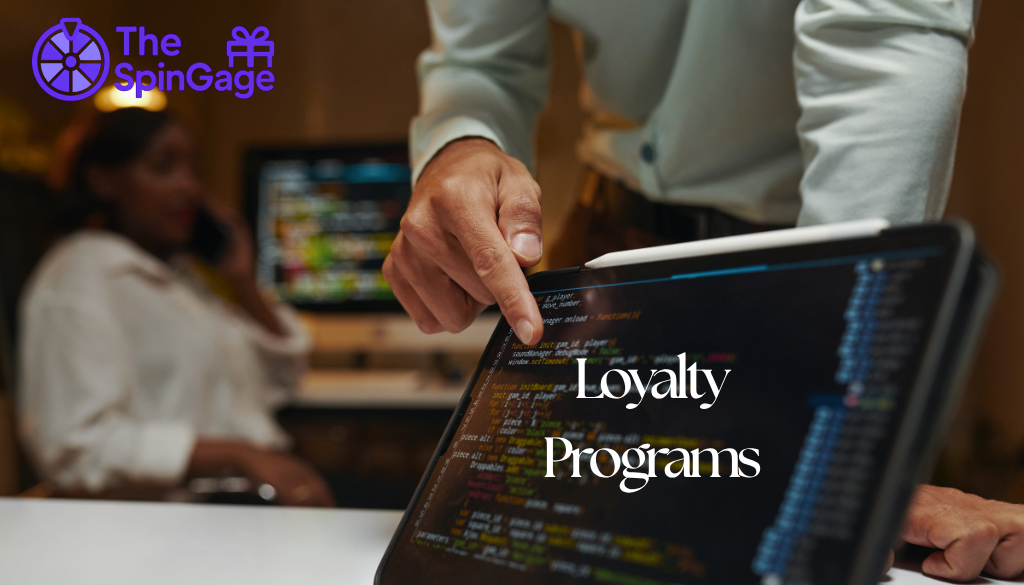
Imagine transforming casual visitors into devoted, repeat customers who not only love your brand but actively engage with it every day. Tiered loyalty programs, like those used by global leaders such as Sephora, Starbucks, and Ulta, are proven strategies that reward your customers based on their level of engagement, creating a sense of achievement and exclusivity. By implementing a structured tiered system, you can offer regular rewards that customers can anticipate, incentivize additional purchases by highlighting perks at higher tiers, and cultivate thriving communities around your brand. Beyond just rewards, these programs enable precise customer segmentation, allowing personalized experiences that deepen loyalty and encourage referrals. The higher the tier, the more exclusive the benefits, fostering a win-win relationship: your customers feel valued, and your business grows sustainably through repeat engagement.
Don’t leave your customer retention to chance—make every interaction meaningful and rewarding.
Start Building Your Loyalty Program Today
Global examples of tiered loyalty programs
Before we dive into how to build your own tiered rewards program, let’s explore some global examples of tiered loyalty programs.
As you’ll notice, many industries benefit from loyalty programs overall, and tiered programs in particular.
1. Sephora
One of the most well-known beauty brands with a standout loyalty program is Sephora’s Beauty Insider.
image showing Sephora’s Beauty Insider program as an example of tiered loyalty programs
The program is split into three tiers: INSIDER (the free entry-level tier), VIB (Very Important Beauty), and ROUGE, which is reserved for Sephora’s highest-spending, most loyal customers.
The perks increase with each tier. Insider members receive free standard shipping and a $10 voucher after earning 500 points, and joining is free.
Rouge members, on the other hand, enjoy far better rewards—but they must spend at least $1,000 annually to reach this tier. With 2,500 points, Rouge members receive a $100 voucher, whereas a free-tier member with the same points would only get $50.
2. Ulta
Ulta, Sephora’s main competitor, also has a strong loyalty program called Ultamate, divided into three tiers: Member (free), Platinum, and Diamond.
To move up, customers must hit certain spending thresholds. For Ulta, $500 is required to reach Platinum, while Platinum members must spend $1,200 annually to reach Diamond.
By 2020, Ulta’s program included 32 million members, accounting for nearly 95% of the company’s online sales.
3. Patricia Nash Designs
Fashion loyalty programs aren’t as common as beauty programs, but when executed well, they can significantly boost sales.
Clothing isn’t a daily purchase, so fashion brands need unique strategies to engage customers:
- Clear, easy-to-understand loyalty program pages
- Multiple ways to earn points beyond purchases
- Transparent point-earning and reward systems, avoiding one of the most common loyalty program mistakes
4. Uber
Yes, a transportation company! Uber Rewards in the U.S. has four straightforward tiers: Blue, Gold, Platinum, and Diamond.
Each tier unlocks better benefits. Gold members gain flexible ride cancellations and priority support, while Diamond members enjoy the top-tier perks.
Uber Rewards as a tiered loyalty program example
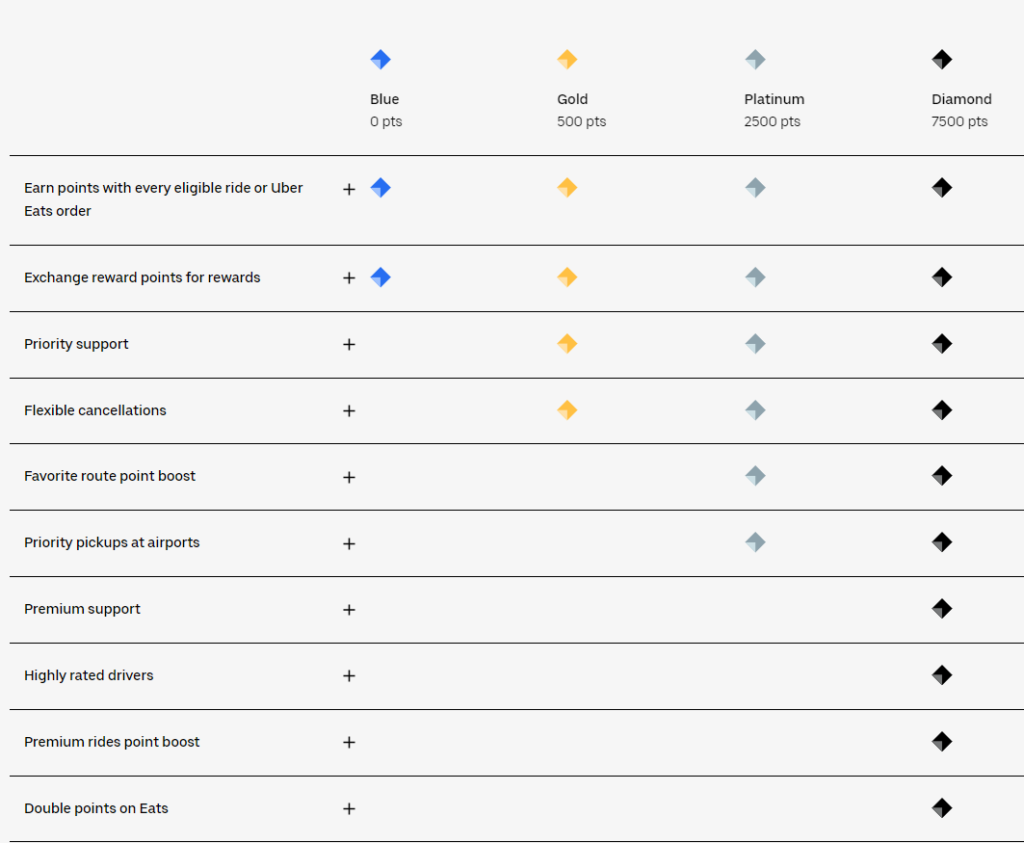
5. Marriott Hotels
Before the pandemic, global hotel chains saw a 59% increase in repeat bookings thanks to loyalty programs. Marriott and Hilton both reported a 62% increase in repeat overnight stays (Kalibri Labs).
Marriott’s Bonvoy program features six loyalty tiers: Member (free), Silver Elite, Gold Elite, Platinum Elite, Titanium Elite, and Ambassador Elite.
Perks increase with each tier. Free members receive basic benefits, Silver Elite starts at 10 nights per year and includes 10% extra points and priority late checkout. Titanium Elite members, booking 100 nights annually, enjoy 75% bonus points, welcome gifts, and upgraded rooms.
6. Lancôme Elite Rewards
The beauty industry consistently excels at loyalty programs, and Lancôme’s Elite Rewards is a prime example.
It features three tiers: Rose Gold, Platinum, and Gold. As members progress, perks improve. For instance, free shipping is available across all tiers but minimum-spend requirements decrease at higher levels. Rose Gold members get free shipping on $49+, Platinum members enjoy 2-day expedited shipping with no minimum, and Gold members receive free shipping on any order.
7. Total Tools
Even tools can have loyalty programs! Australian brand Total Tools offers Insider Rewards, a three-tier system granting benefits based on annual spending.
Perks include exclusive member-only deals and invitations to special events.
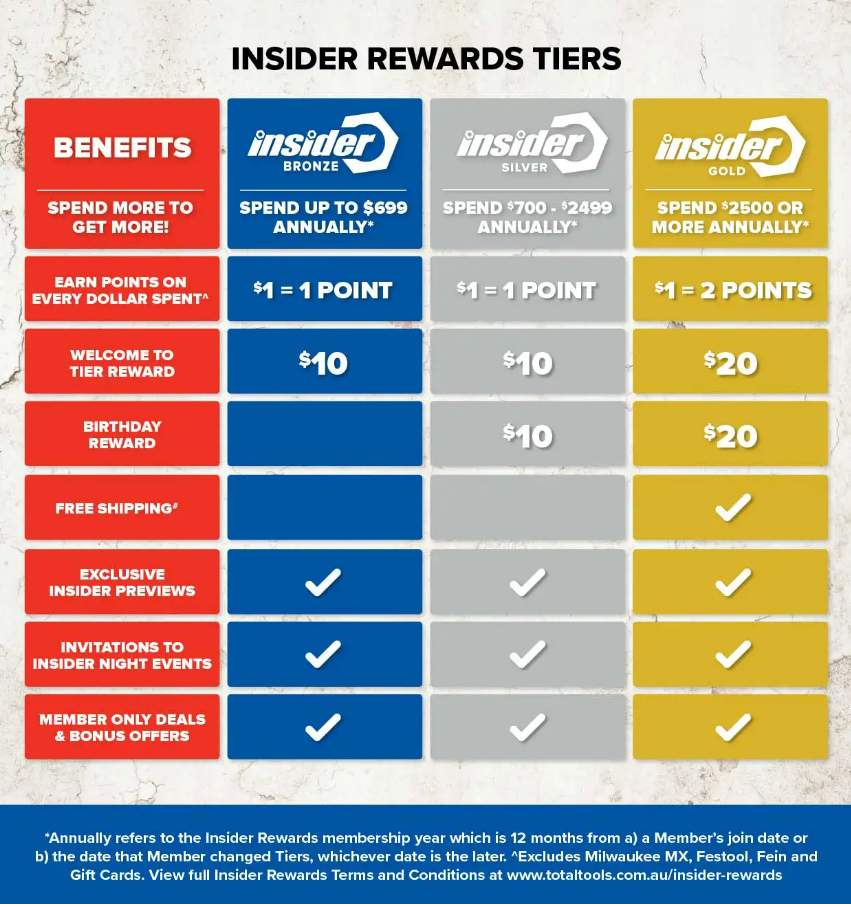
Tips for creating an effective tiered loyalty program
By now, you should have a solid understanding of what a tier-based rewards program looks like and maybe even how to set one up. That said, here are some additional tips to keep in mind if you decide to implement loyalty tiers.
1. Clearly explain how your rewards program works
We always recommend that e-commerce business owners clearly communicate their rewards program, no matter the type.
Helping customers understand your loyalty program can encourage them to participate, which in turn boosts brand loyalty.
Consider creating a dedicated page explaining your program, and make sure it’s easy to locate on your website.
2. Outline the perks of each tier
For tiered programs, it’s useful to create a clear chart showing the rewards associated with each level.
This helps customers know their current tier and the perks they receive. For example, Lancôme’s Elite Rewards shows customers the minimum order required for free shipping. Rose Gold members get free shipping on orders over $49.
Similarly, Patricia Nash clearly communicates how its discount coupons work—the more points customers collect, the higher the coupon value.
3. Make signing up simple
Surprisingly, some businesses don’t clearly promote their loyalty programs or make enrollment difficult.
The key to driving participation is simple:
- Let customers know your program exists
- Make registration easy
- Offer points or a small perk for joining
4. Show customers how to advance to higher tiers
Your program should clearly indicate how many points are needed to reach the next tier.
Some programs may also factor in other metrics, such as the number of purchases or total spending.
This motivates customers to spend slightly more to unlock better rewards. Just keep in mind that most tiered programs require customers to maintain a certain level of activity to stay in higher tiers.
5. Give your program a memorable name
Creating a distinctive name helps your loyalty program stand out and builds a sense of community.
Sephora’s Beauty Insider makes customers feel like they’re getting exclusive perks. Ulta’s Ultamate and IKEA’s IKEA Family create a sense of connection and belonging.
A strong program name not only boosts recognition but also reinforces your brand identity.
6. Pay attention to customer feedback
One of the best loyalty tips is simply to listen to your customers.
Your program is designed for them, so if they raise concerns, take them seriously. Starbucks, for instance, used to have a tiered rewards program, but customer confusion led them to remove the tiers entirely.
This doesn’t mean tiered programs don’t work—many brands successfully use them. Starbucks may have simply overcomplicated its approach.
7. Use email marketing to encourage engagement
After launching your tiered rewards program, set up automated email campaigns to prompt customers to act.
This is particularly important in the early stages. Highlight the benefits of each tier, notify customers of added perks, or send personalized rewards for occasions like birthdays.
Exclusive deals, member-only promotions, and special event invitations can also strengthen loyalty and engagement.
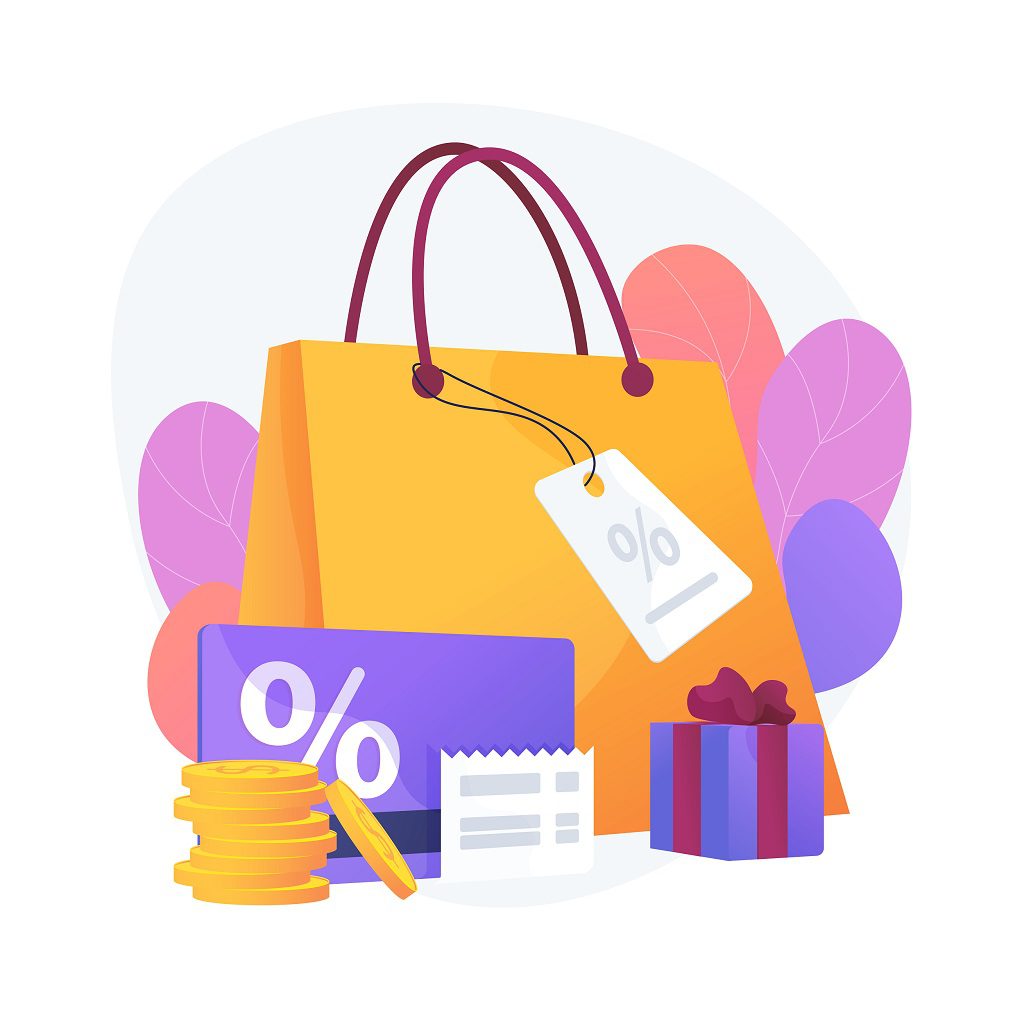
8. Make sure you’re offering value
One of the reasons customers engage with rewards programs is because they get something in return. They get value from their relationship with your brand.
So whether you’re creating your tiered rewards program or revamping one, make sure your rewards increase the higher the tiers go and that you’re offering value and benefits to your customers.
Tiered rewards program tips and ideas with Gameball
Tiered programs allow customers to climb higher levels, and the more they advance, the better rewards they can enjoy. That’s why we’ve put together some fresh ideas to boost traffic and strengthen customer loyalty with Gameball’s tiered programs.
1. Leverage challenges and badges
One of the main reasons e-commerce store owners love Gameball is the ability to create challenges and badges. These features are excellent for increasing customer engagement.
With Gameball, you can set up one or multiple challenges for your customers. These challenges can involve actions like sharing a tweet about your store, opening and responding to an email, or visiting a specific page on your site.
You can also encourage customers to make purchases in a certain category of your store. Once they complete all the requirements of a challenge, they earn a reward and a badge.
Badges are fully customizable—you can design your own or tweak the existing templates to match your brand.
Further reading: Check out this video tutorial to learn more about Challenges and Badges.
2. Boost engagement through customer segmentation
Customer segmentation can be a game-changer when paired with a tiered loyalty program. You can categorize customers within each tier and motivate them to take action.
Segmenting inactive customers
Have you noticed some customers in your lower or middle tiers haven’t interacted with your store for weeks or months? Re-engage them by segmenting based on their activity and sending targeted messages.
Consider offering a one-time double points week, a reminder about an ongoing sale, or a limited-time discount if they place an order within a few days. The possibilities are endless.
Segmenting top spenders
Personalization is key to a successful loyalty program, and segmentation allows you to make it happen.
If you see customers who recently made multiple purchases—or fewer purchases of higher value—use segmentation to send tailored emails or push notifications. Thank them and reward their loyalty with exclusive perks.
3. Provide stronger rewards for referrals
A successful loyalty program often includes a rewarding referral system. Referral marketing is an effective way to grow your customer base.
With tiered programs, higher-tier customers can receive enhanced rewards for referring others to your store. This means the more a customer advances in your loyalty tiers, the more valuable the perks they earn—not just for purchases, but also for referrals.
Always follow best practices for referral marketing and track key metrics to ensure your program remains effective. Clearly explain how the referral system works and when participants receive their rewards.
CONCLUSION
Your loyalty program should complement your overall marketing efforts, customer retention strategy, and engagement initiatives.
Tiered programs are a powerful tool to build brand loyalty, foster a sense of community, motivate customers, and improve retention.
Whether you operate a physical store, an online store, or both, personalization and customer retention are critical. As the examples above show, tiered loyalty programs can deliver impressive results with minimal investment.

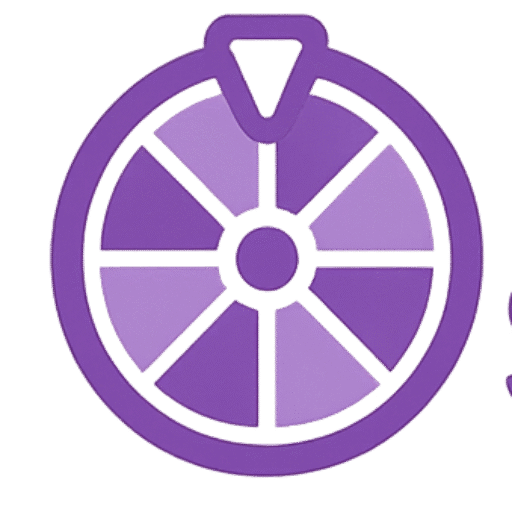

![7 Examples of Tiered Loyalty Programs that Made their Mark in the World [And What You Can Learn from Them]](https://wespingage.com/wp-content/uploads/2025/10/AGECNIA-2025-10-07T110109.042.png)
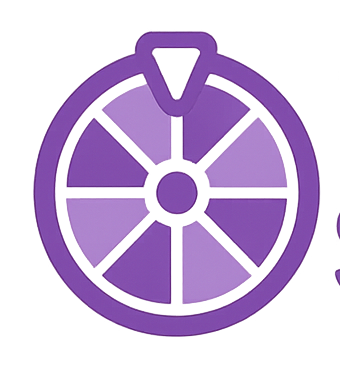

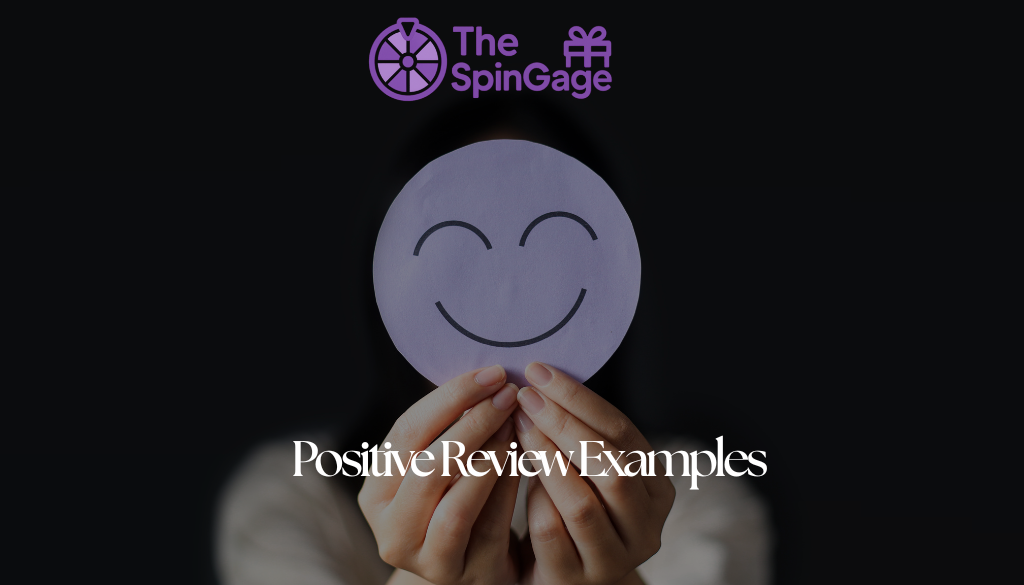
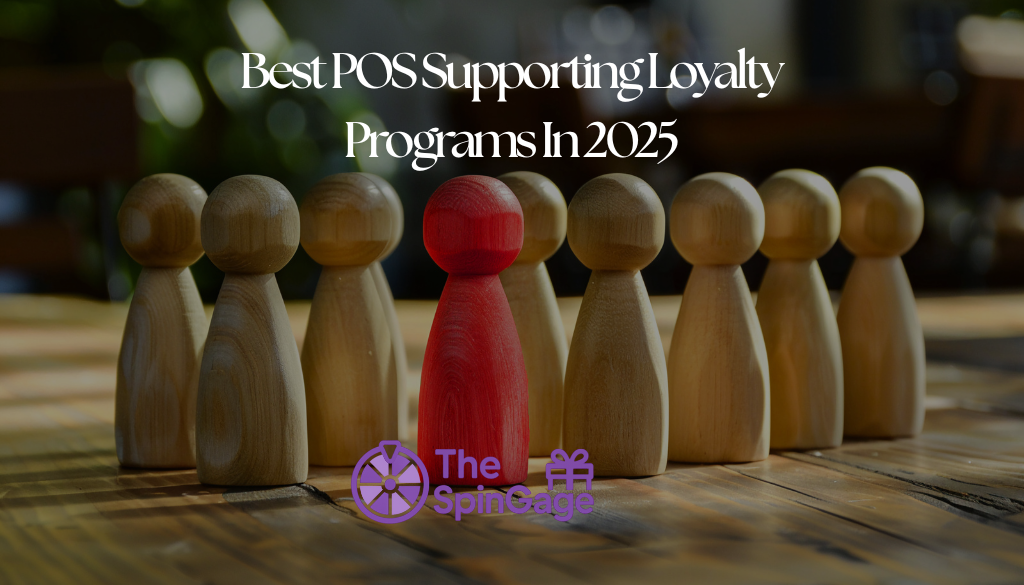
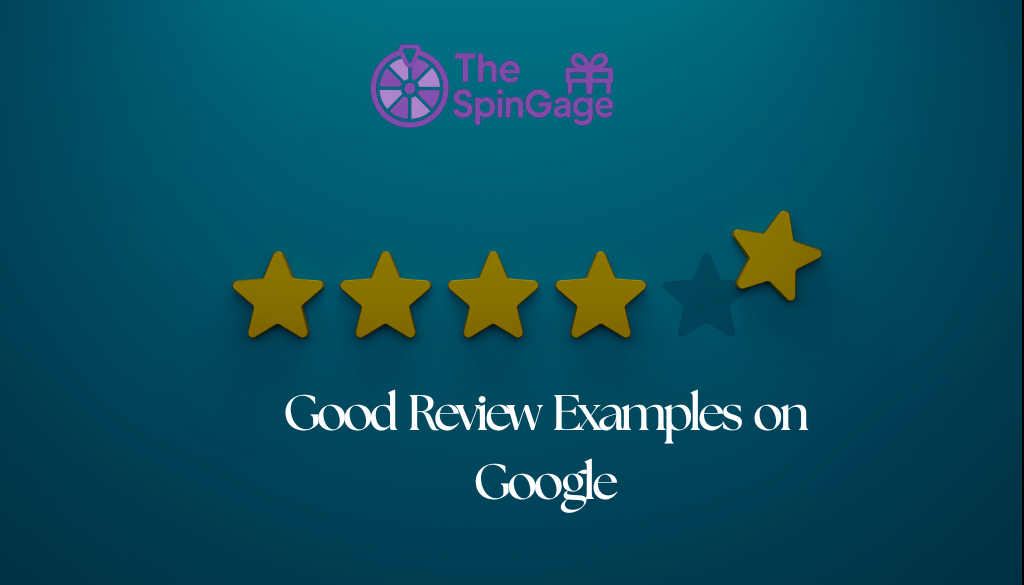


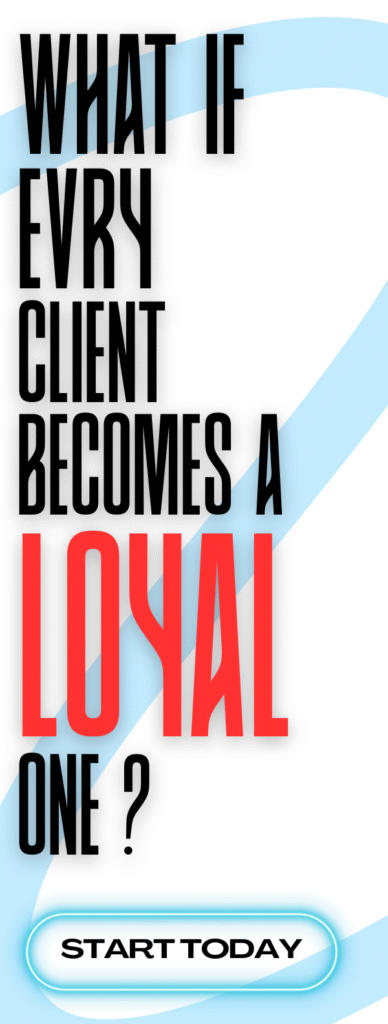
Leave a Reply